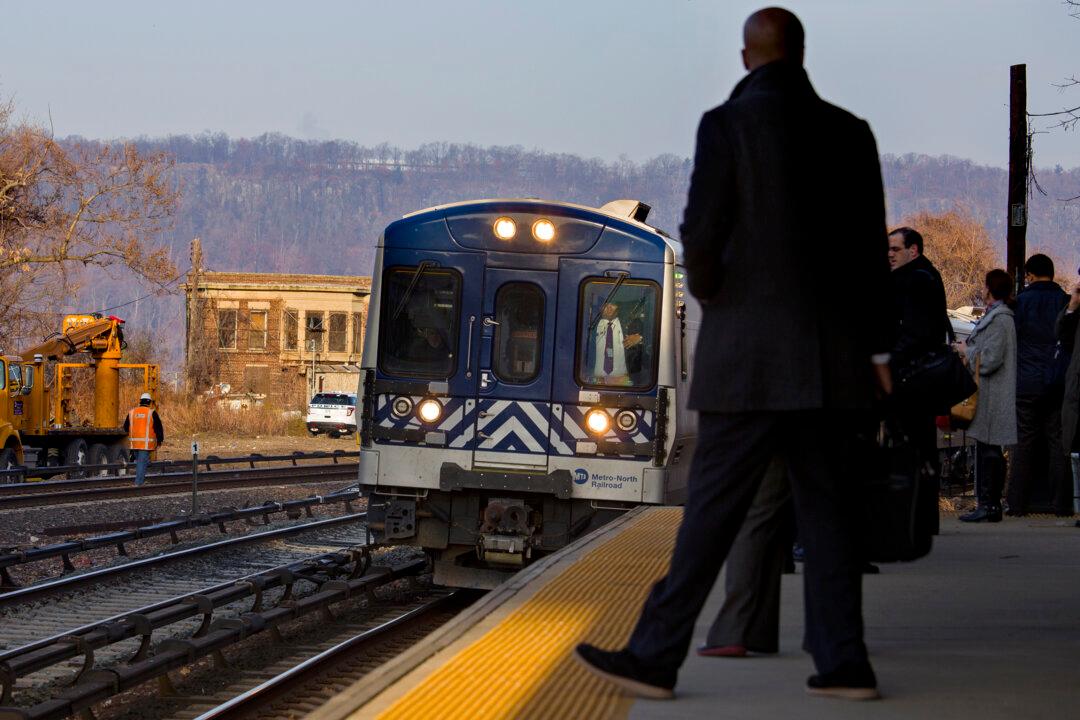After a year of derailments and incidents, Metropolitan Transportation Authority’s Metro-North branch is moving forward with a set of safety initiatives.
“Safety has to be a top priority,” said new Metro-North president Joseph Giuletti at his first committee meeting, echoing MTA chairman Tom Prendergast’s directive.
Metro-North is installing inward and outward facing cameras on train, and has improved the signal system at curves in the track. An additional 7-10 minutes of running time has been added to trains. New alerting software will be tested by May and installed in the summer.
MTA is also creating the new position of a Chief Safety Officer, who will directly report to the chairman.
A team focused on analyzing incidents was formed in October, and Metro-North is currently staffing that task force, said Anne Kirsch, chief security officer, who formerly oversaw safety as well. As a result of the Dec. 1 derailment at Spuyten-Duyvil in the Bronx, the number of customer injuries shot up to a five-year high of 400 from the previous years of about 230-250.
Last year, a major derailment in Bridgeport, Conn. injured 76 and killed a track worker, and the Bronx derailment in December injured 75 and killed 4 passengers. There was also a derailment of CSX train carrying trash in July.
The National Transportation Safety Board (NTSB) has recently issued its first set of recommendations for Metro-North. The investigation is ongoing, but in a five-page letter NTSB recommended Metro-North install permanent signs were there are speed limits, and put cameras in the cabs of locomotive engineers.





